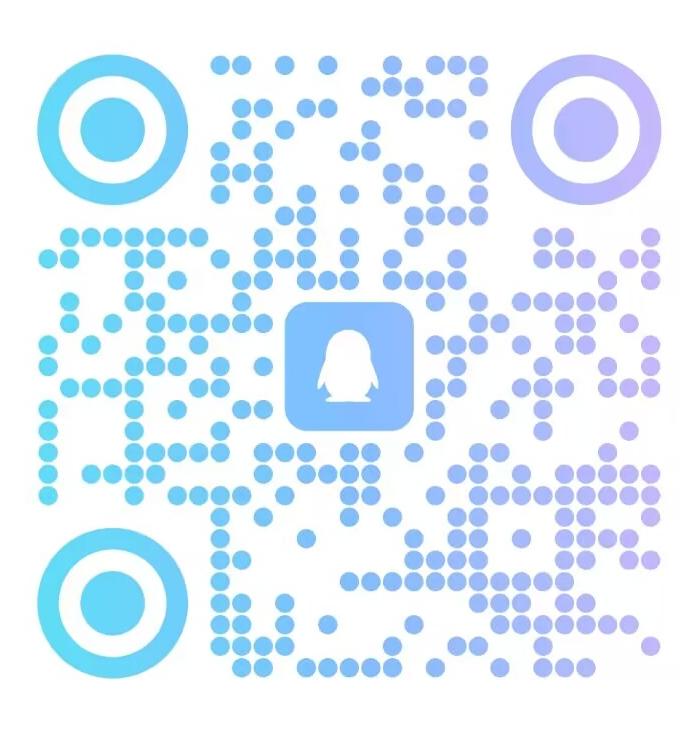QQ扫一扫联系

Text 1
Rats and other animals need to be highly attuned to social signals from others so they can identify friends to cooperate with and enemies to avoid. To find out if this extends to non-living beings, Laleh Quinn at the University of California San Diego, and her colleagues tested whether rats can detect social signals from robotic rats
They housed eight adult rats with two types of robotic rat-one social and one asocial-for four days. The robot rats were quite minimalist, resembling a chunkier version of a computer mouse with wheels to move around and colourful markings.
During the experiment the social robot rat followed the living rats around played with the same toys, and opened cage doors to let trapped rats escape Meanwhile, the asocial robot simply moved forwards and backwards and side to side
Next, the researchers trapped the robots in cages and gave the rats the opportunity to release them by pressing a lever. Across 18 trials each, the living rats were 52 per cent more likely on average to set the social robot free than the asocial one. This suggests that the rats perceived the social robot as a genuine social being. They may have bonded more with the social robot because it displayed behaviours like communal exploring and playing This could lead to the rats better remembering having freed it earlier, and wanting the robot to return the favour when they get trapped, says Quinn
Rats have been shown to engage in multiple forms of reciprocal help and cooperation, including what is referred to as direct reciprocity-where a rat will help another rat that has previously helped them, says Quinn.
The readiness of the rats to befriend the social robot was surprising given its minimal design. The robot was the same size as a regular rat but resembled a simple plastic box on wheels. " We'd assumed we'd have to give it a moving head and tail, facial features, and put a scent on it to make it smell like a real rat, but that wasn't necessary, says Janet wiles at the University of Queensland in Australia, who helped with the research
The finding shows how sensitive rats are to social cues, even when they come from basic robots. Similarly, children tend to treat robots as if they are fellow beings, even when they display only simple social signals. We humans seem to be fascinated by robots, and it turns out other animals are too, says wiles
21. Quinn and her colleagues conducted a test to see if rats can
A. pick up social signals from non-living rats
B. distinguish a friendly rat from a hostile one
C. attain sociable traits through special training
D. send out warning messages to their fellows
22. What did the asocial robot do during the experiment?
A. It followed the social robot
B. It moved around alone
C. It set the trapped rats free.
D. It played with some toys
23. According to Quinn, the rats released the social robot because they A. tried to practise a means of escape
B. considered that an interesting game
C. wanted to display their intelligence
24. Janet wiles notes that rats
D. expected it to do the same in return
A. can remember other rats' facial features
B. differentiate smells better than sizes
C. can be scared by a plastic box on wheels
D. respond more to actions than to looks
25. It can be learned from the text that rats
A. appear to be adaptable to new surroundings
B. are more sensitive to social cues than expected
C. behave differently from children in socializing
D. are more socially active than other animals